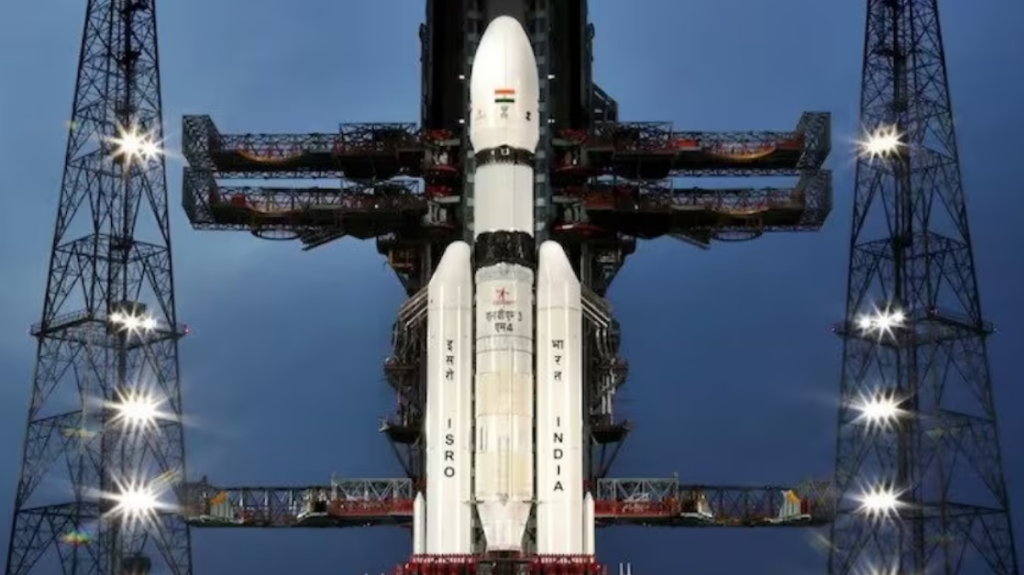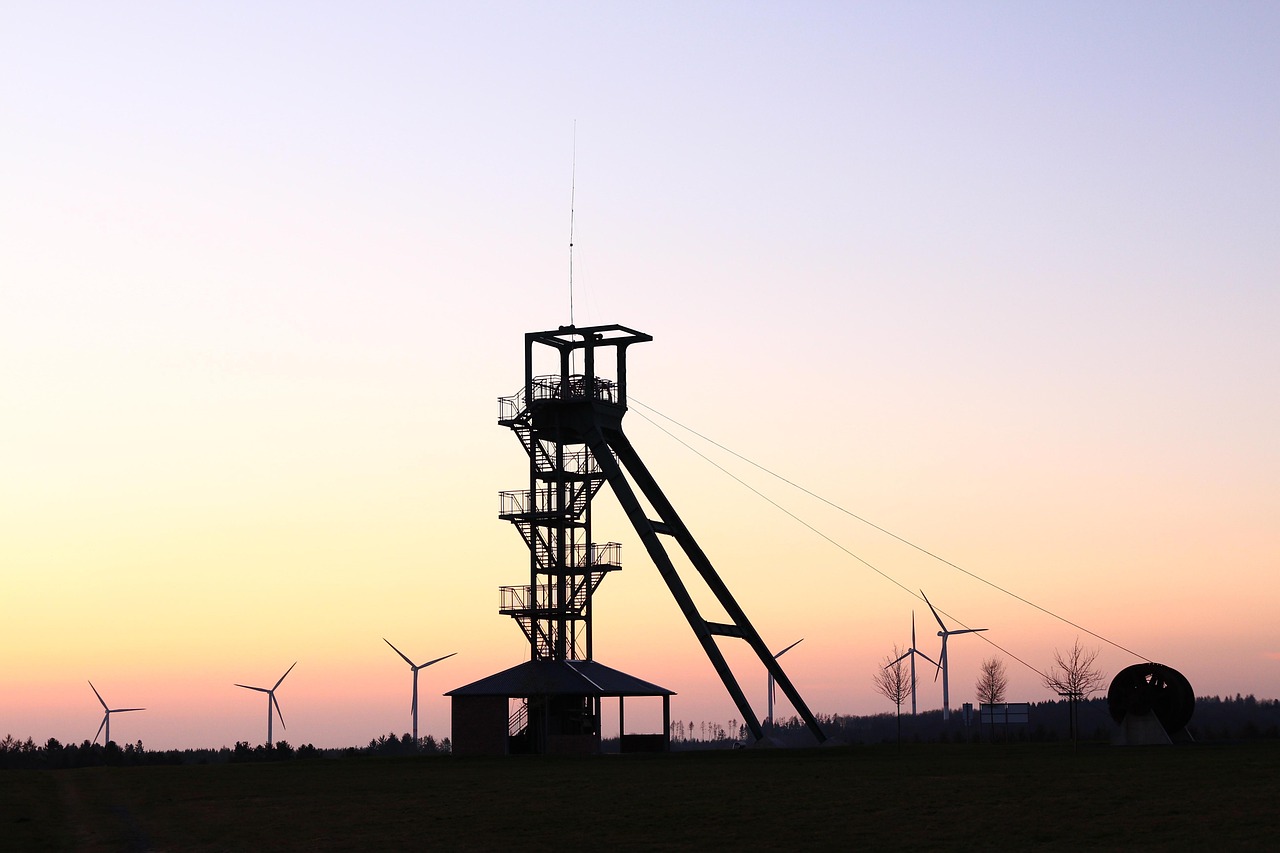
ISRO’s most recent lunar endeavor, Chandrayaan-3, confronts a fresh challenge as its efforts to reestablish contact with the Vikram lander and Pragyan rover remain unanswered. Placed in a state of ‘hibernation’ for their protection during the harsh lunar night at the Moon’s south pole, where temperatures plummet to an astounding -200 degrees Celsius, the dynamic duo diligently gathered invaluable data and images over a two-week period. Now, as the lunar dawn approaches, ISRO’s attempts to rouse Vikram and Pragyan from their lunar slumber are closely monitored, with hopes that they will once again spring to life and continue their mission.
Nevertheless, ISRO has stated, “No signals have been received from them. Efforts to establish contact will continue.”
Nilesh Desai, Director of ISRO’s Space Applications Centre, explained, “We have placed the lander and rover in sleep mode because the temperature would drop as low as minus 120-200 degrees Celsius. From September 20 onwards, the Moon will witness the beginning of its sunrise, and by September 22, we anticipate that the solar panels and other systems will be fully charged, enabling us to attempt to revive both the lander and rover.”
If the reactivation is successful, both the lander and rover may continue their data collection. Former ISRO chairman Madhavan Nair expressed, “Once it becomes operational, there’s a possibility that we can travel some distance over the next 14 days and gather additional data, specifically regarding surface conditions near the South Pole of the Moon.”
Former ISRO scientist Tapan Mishra further noted that if they survive one lunar night, it bodes well for many more lunar nights. He said, “If this happens, we would join the league of those who can operate lunar landers and rovers, potentially for an extended period, ranging from 6 months to a year. This would be a significant achievement.”
So, how will Pragyan and Vikram ‘awaken’? Following the mission’s protocols, as the Moon’s south pole experiences dawn and sunlight, the solar panels on the lander and rover are expected to recharge efficiently. ISRO will then endeavor to revive the duo and assess their operational condition.
Before entering the sleep mode, the Vikram lander executed a remarkable maneuver by performing a controlled descent to the lunar surface. It reignited its engines, ascended approximately 40 centimeters, and even hopped a short distance of 30-40 centimeters. This maneuver exceeded the objectives of the Chandrayaan-3 mission and showcased ISRO’s command over Vikram’s capabilities.
What accomplishments have Vikram and Pragyan achieved thus far? Following their historic landing, both the Vikram lander and Pragyan rover undertook various tasks on the lunar landscape. They detected the presence of sulfur and recorded temperature data. Additionally, the Pragyan rover covered a distance of over 100 meters, confirming the existence of sulfur, iron, oxygen, and other elements on the Moon.










